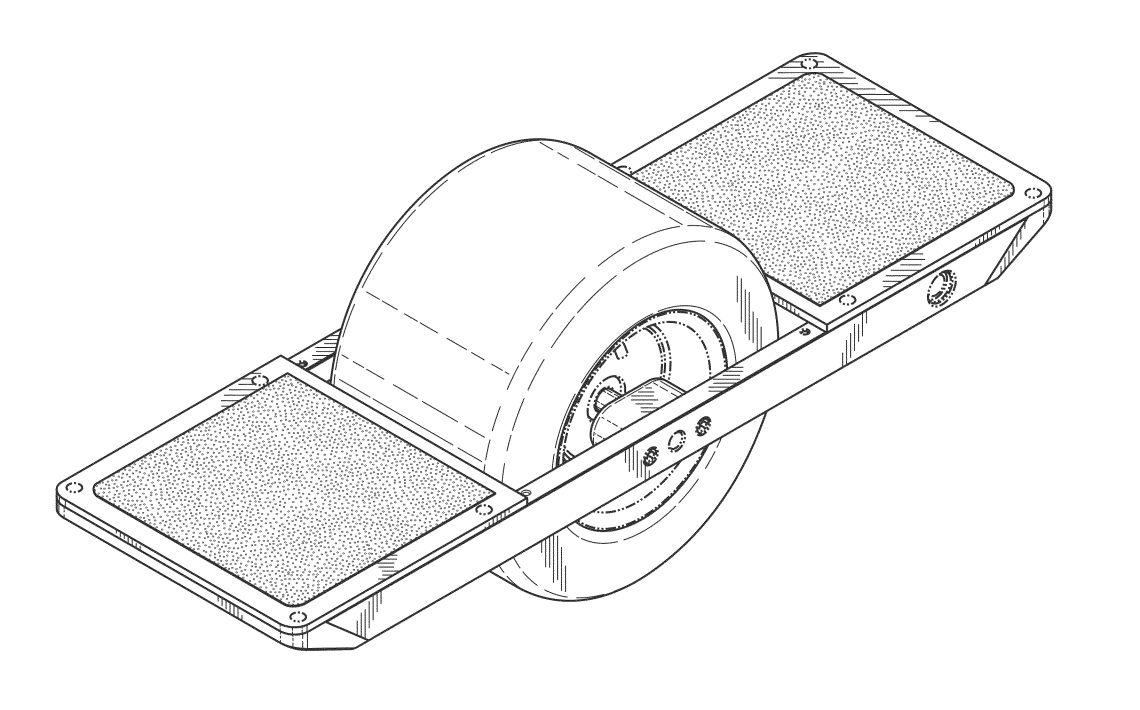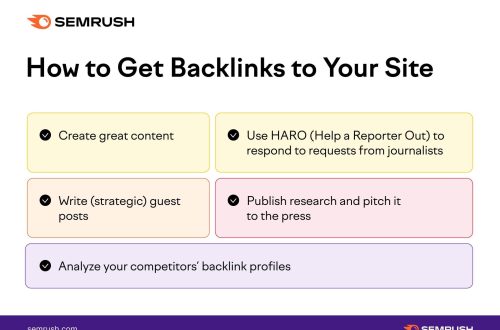
Design Patents – How to Get a Design Patent
A design patent registration https://www.accoladeip.com/hk/en/patent-fee-schedule/ is a relatively simple way to protect your creative designs. This type of patent can be useful for preventing copycats and other competitors from infringing on your design.A design patent generally consists of a specification and drawings. The drawings must show the ornamental design that will be protected by the patent.
1. Article of Manufacture Requirement
The design patent statute requires that the design is “for an article of manufacture.” This means that the design must be applied to a man-made object in order to be eligible for protection. This is different from the utility patenting process, where the invention is shown as an abstract idea that can be patented.
In a recent case, the Federal Circuit emphasized that the design must be tied directly to an article of manufacture and not simply an abstract idea. The Court stated that the design must be “not merely an image on a screen, but rather an element integral to the operation of the computer displaying the design.”
In a related issue, the United States Patent and Trademark Office recently solicited public comments regarding whether they should expand the definition of ‘article of manufacture’ to protect designs associated with new and emerging technologies. The USPTO received several submissions that supported a broadening of the eligibility requirement for digital designs, including holograms, augmented reality, and other technology.
2. Non-Obviousness
Non-obviousness is a requirement for patent protection that literally means your invention must not be obvious to someone who is in the same industry. This is what makes patent law so stringent and what gives it such a high bar to clear.
To determine non-obviousness, courts follow a standard that closely resembles the analysis for utility patents. The first step is to identify a primary reference, a design that creates “basically the same visual impression” as the claimed design.
The second step is to look at whether an ordinary designer would have used the primary reference to achieve the claimed design.
The Federal Circuit recently adopted a new test for design patent obviousness that considers the intended use of the prior art design, rather than just the ornamental design itself. This is a change that will have the greatest impact on the way design patents are handled in the future.
3. Ease of Invention
It may seem like a hassle to get a design patent, but it’s actually very simple. In fact, it’s a good idea to have one ready before you go out and try to sell your invention.
A design patent registration gives the owner the right to prevent others from making, using, or selling a product that resembles the patented design. To enforce a design patent, a jury simply has to compare the infringing item with the patented item.
If you are not sure if your design will qualify for a design patent, start by doing a patent search. This will allow you to verify if there are any similar designs already on the market and show how your design is different.
It’s also a good idea to make a prototype of your design before filing a patent application. This will help you work out any kinks in your design so that you can avoid costly mistakes down the road.
4. Preparation of Drawings
Design patent drawings are a critical part of your application. They provide a clear, concise and complete visual disclosure of the invention.
They must include detailed information about any contours, shape, material texture, properties and proportions. They must also clearly show every feature visible during use.
The drawing must be done in a certain style, with shading that indicates surface characteristics. This can include transparent, solid and open areas.
In addition to the required views, you can submit exploded views of particular portions of the invention. These are especially helpful if your product has separate parts that come apart in typical use.
These drawings must be professionally drafted and must be so professional that nothing related to the design is left for conjecture. They should also be portrayed as black and white line art so that they reveal the invention fully.
If you would want to learn more information about Accoladeip, visit our website.





